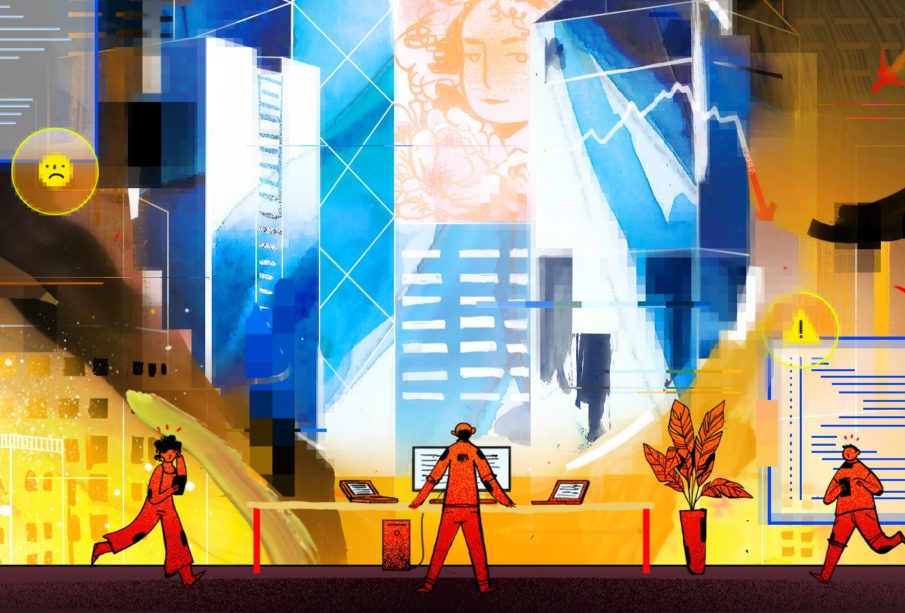The Rise of Event-Driven Applications in Software Development

Gartner predicts that almost 80% of all digital applications used in business will require at least one component that requires an event-based approach to software development. Let’s explore how event-driven application development differs from traditional request-driven apps.
In programming, events represent actions that are generated by users such as the click of the mouse or they could be generated by the system, loading for instance. They could be anything from accepting a form to a pressed key, the former being a high-level event & the latter a low-level event. Event-driven applications are designed to detect these events & process them using a preset event-handling procedure.
Common examples would be the passing of HTML messages by servers, typing, loan applications & more. Event-based programming is by no means a technology or programming language but rather an approach taken at the initial development stage. Event-driven programs could be written in any programming language including object-oriented languages, VB, Java & C++.
The process includes a main loop that listens for events and triggers a function when a specific event is detected. The flow of the application is determined by events. This adds complexity to the system as traditional software uses a request-driven approach rather than user-interactions. In a request-driven scenario, the user drives the interactions by dictating which service processes the request by contrast, event-driven architecture enables modules of the system to react to pre-set events as they are received & multiple services to process events simultaneously.
This means that once event actions are triggered, a middleware layer is required to manage the delivery of event notifications & act as a broker so to speak. Event-driven apps require traditional request-driven components to be built in but this novel concept can complement request-driven development in certain scenarios. Request-driven development gives greater control whereas event-driven models provide flexibility for real-time, business-driven use cases.
Event processing has processed in leaps & bounds as technology providers like SAP, SalesForce & Google Cloud have made great strides in incorporating event-driven approaches in their products. Below is a scenario that could benefit from an event-driven approach.
Serverless Hosting
Event processing is different from transaction processing, as events require simple responses and can originate from any time with an undefined number of requests per second. This could be hundreds of thousands of requests per second. Serverless hosting is the best way to handle applications that require processing at this scale as you cannot swamp a serverless system. Common examples would be stock market applications.
In conclusion, the future of digital business rests on an expanding, smart set of systems that will be creating using event-driven models such as IoT, cloud, blockchain and artificial intelligence. Any business that plans to remain relevant must understand & adopt an event-driven approach which will help real-time business processing become faster, cheaper & more convenient.












